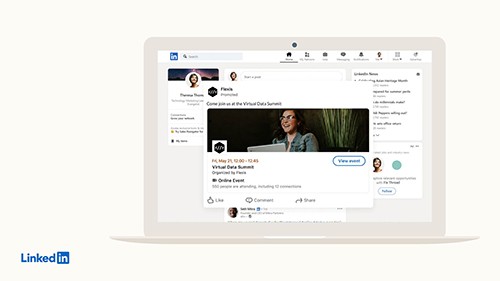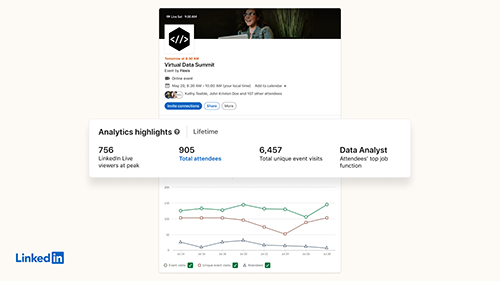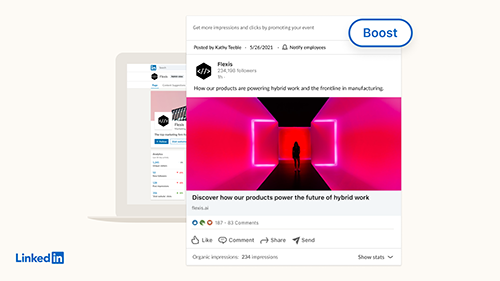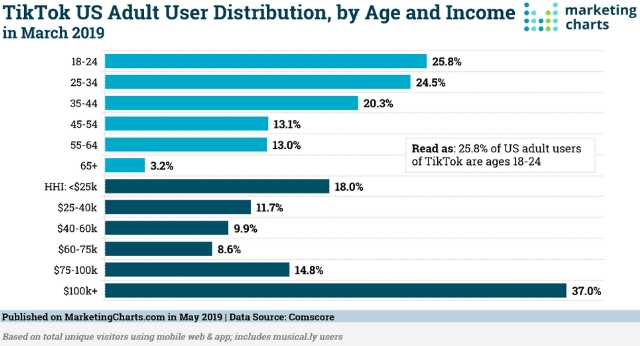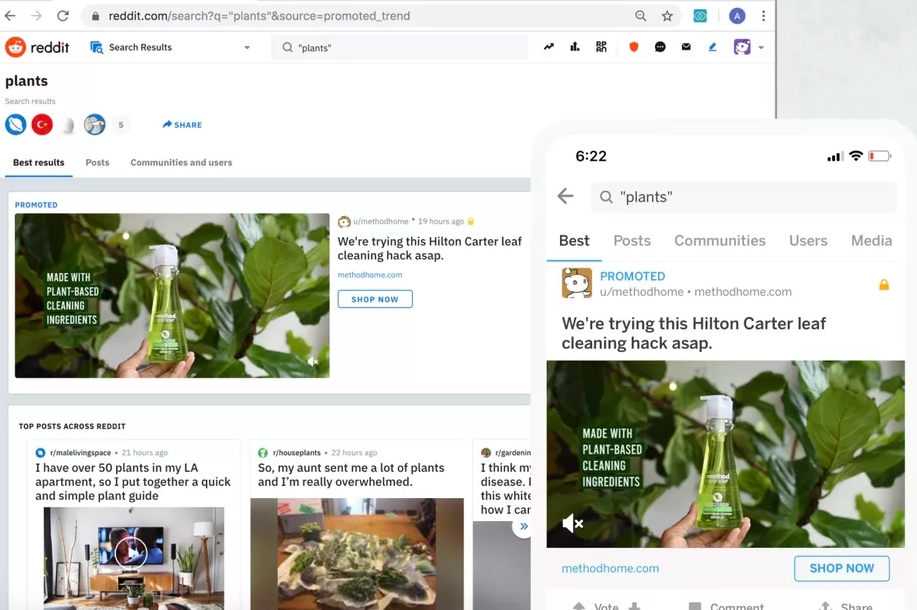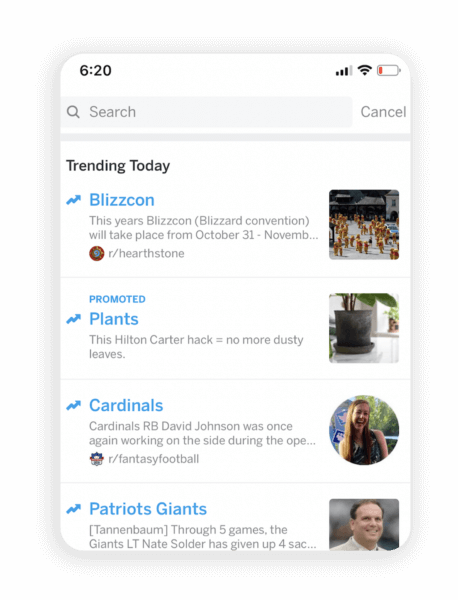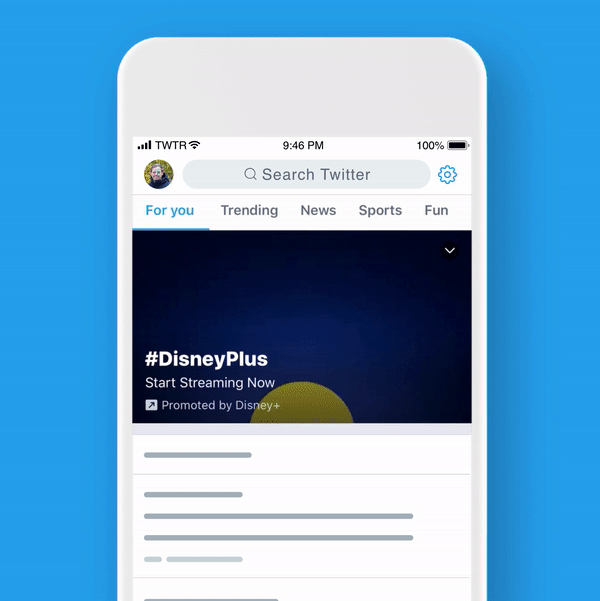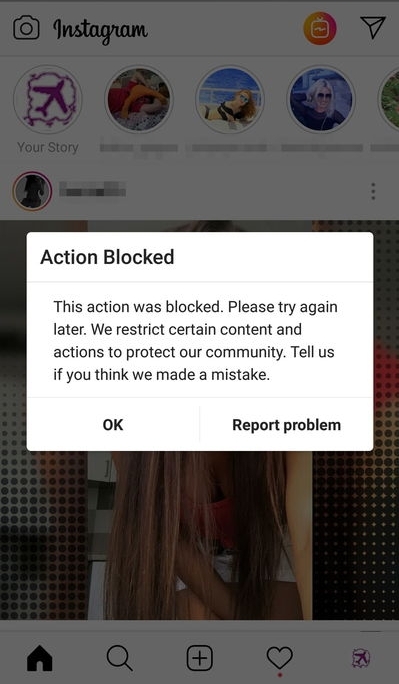Video ads are coming to TikTok’s search results if a recently spotted test is to be believed.
David Herrmann, president of Hermann Digital, pointed out the ads earlier this week in a tweet that shows a clip with a small “Sponsored” label at the top of TikTok search results.
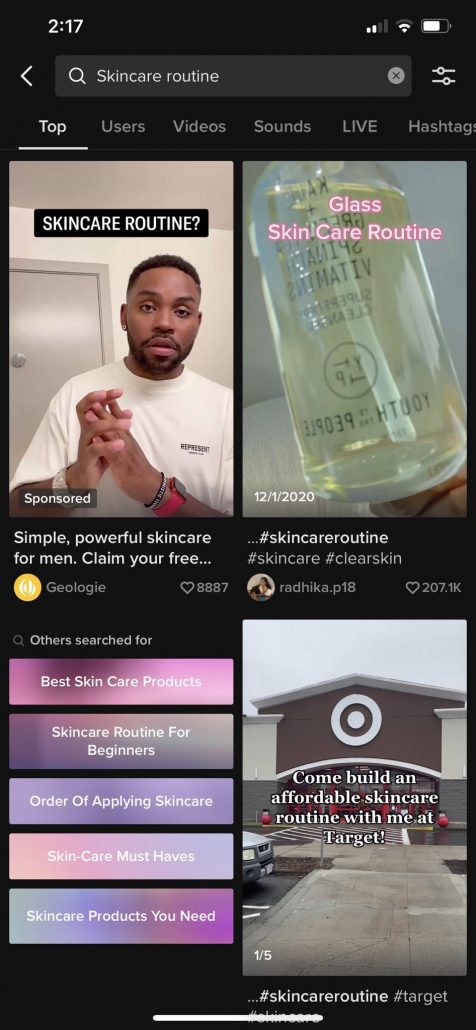
Based on the location in the ad – above the “Others searched for” section, it seems safe to assume the ads will typically appear within the first few search results shown.
Unfortunately, information about this ad test is extremely limited. According to Herrmann, the ads currently can’t be targeted by keyword, though he implies the ability to do so is coming soon.
Instead, the best way to ensure your videos get shown as relevant ads in the current iteration is to create video “how-to’s” aimed at solving specific problems.
“Make your ads solve problems, don’t just sell. Drive them to advertorial pages,” Hermann tweeted. “This is Pinterest 2.0, but better cause people buy.”
Another detail that is unclear is how brands might get access to this ad experiment. With no official word about the ads from TikTok, the assumption is that you must be a brand with an established presence on the app and have a managed advertising account.
Once running these ads, brands will receive a list of search terms driving clicks on their video ads, helping them generate more focused and better-targeted content and ads in the future.
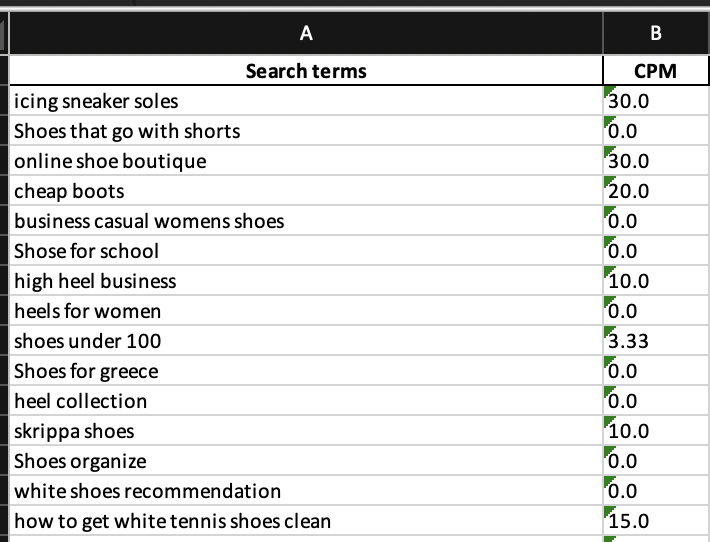
The ads are obviously in an early form and will likely be expanded before they are widely accessible to brands on the platform. At the same time, they show how TikTok is working to provide new ways to monetize your presence on the app and reach new audiences with high purchasing intent.
Given that TikTok’s users already seem uniquely primed to buy products they discover through the app, this looks to potentially be a major upcoming advertising opportunity for many brands.

